Although not yet proof of life, the tantalising discovery shows that rovers could detect chemical signatures of past life on the Red Planet, and that the next European robotic explorer is well equipped to solve the mystery.
The discovery
After 12 years roaming the barren martian lands, Curiosity detected what could be the best evidence of molecular complexity required for the origin of life as we know it.
The rover took a sample from a mudstone – a fine-grained sedimentary rock – and identified molecules with chains of up to 12 carbon atoms. The rock itself was rich in clay minerals, sulphates and nitrates, a good combination to host living cells.
Curiosity’s mini-lab Sample Analysis at Mars (SAM) can’t determine on its own whether these molecules are the remains of ancient life or the result of non-biological processes. To have a definite answer, the samples would need to be brought back to Earth or we would need to send a more powerful laboratory to Mars.
Caroline Freissinet, lead author of the paper linked to this discovery and research scientist at the National Centre for Scientific Research (CNRS) in France, joins us to explain why these results are promising and how ESA’s Rosalind Franklin rover will help answer the new questions raised by Curiosity.
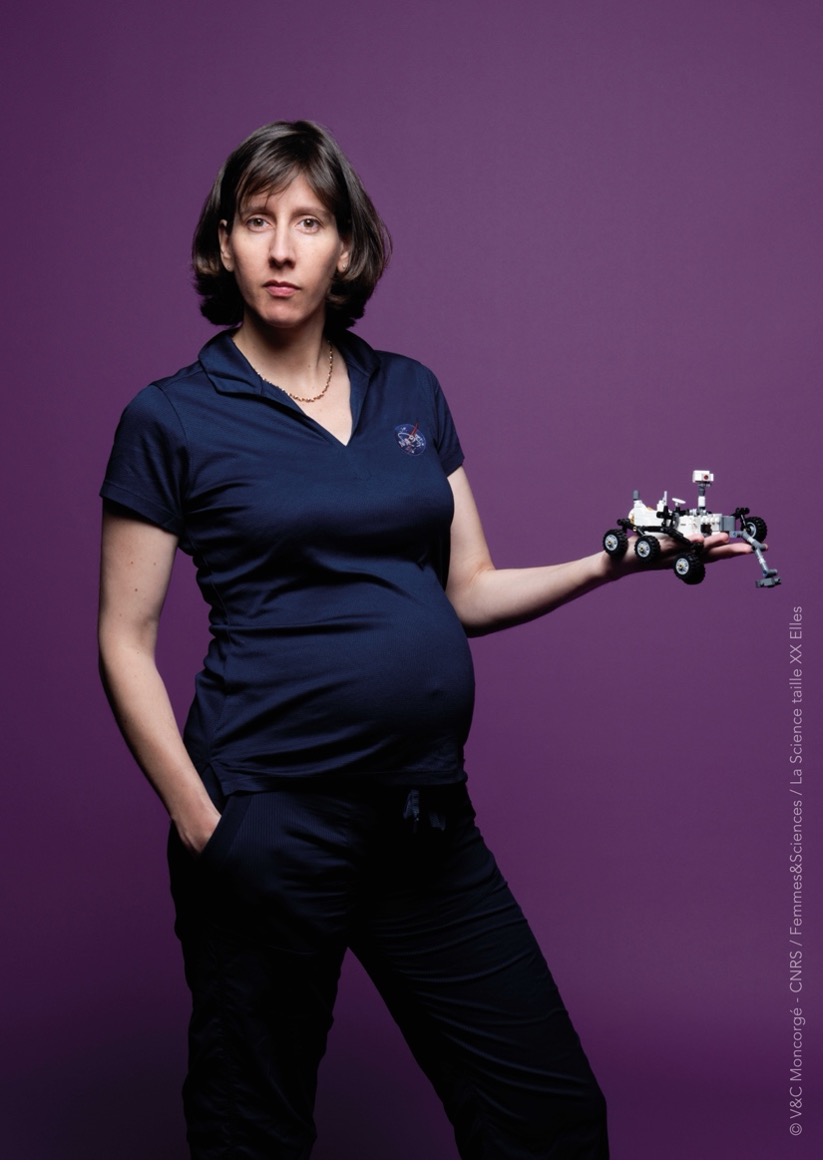
Caroline Freissinet poses with a martian rover model in 2019. Credits: CNRS/Femmes & Sciences/Vincent Moncorgé
The building blocks of life
When Mars was flooded with liquid water, the building blocks of life and cells were present.
The molecules Curiosity detected are ten-, eleven- and twelve-carbon chains, known as linear alkanes or hydrocarbons. Although we can’t give a definite answer between a chemical or biological origin, these long-chain hydrocarbons formed 3.7 billion years ago demonstrate that complex and fragile molecules can be preserved for geological periods of time.
This gives us confidence that if life ever existed on Mars, chemical traces of it could be preserved until today.
Intriguing chemical traces
To discriminate between their biological or chemical origin, one needs to find more variety of this same family of molecules and quantify each of them.
Chemistry makes more of smaller molecules of the same family, rather than big ones. Biology makes more of the molecules it needs, rather than smaller. This is statistics.
Life creates “anomalies”, or distribution of molecules that differ from the norm – more complex molecules or more fatty acids with even number of carbon molecules in their chains, for example. These anomalies are what we are looking for to find life in the chemical compounds.
This is why the discovery of big molecules of up to twelve carbon atoms is intriguing.
Rosalind after life
The Curiosity results are super exciting for future Mars missions. They show that not only is the chemical analysis crucial, but also the whole context of the sample. International collaboration is also key for the success of a complex planetary mission.
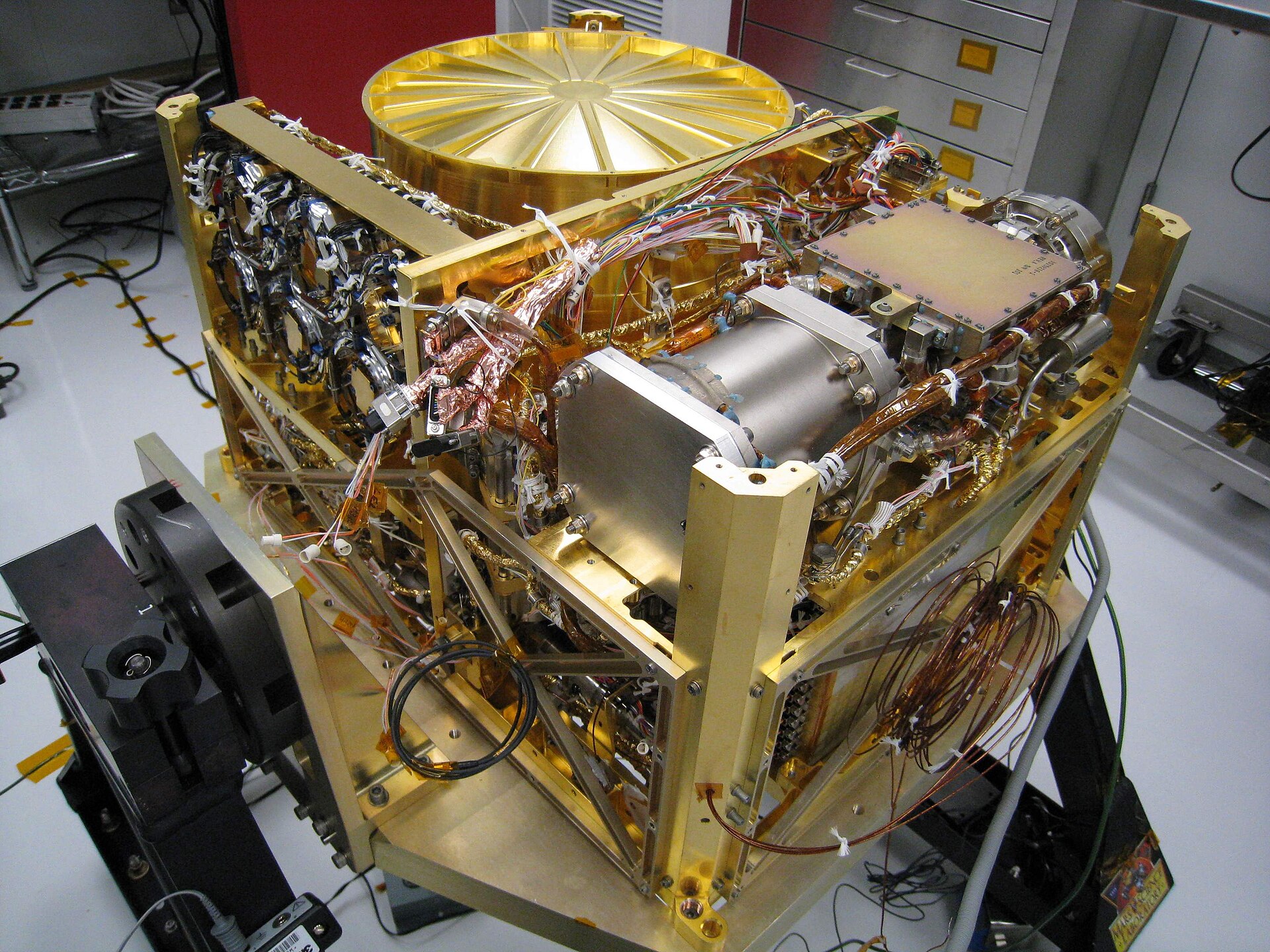
The Sample Analysis at Mars (SAM) instrument is an international collaboration devoted to decipher organic matter composition on Mars. Credits: NASA/GSFC/SAM
The Rosalind Franklin mission shares all those benefits. The rover carries a miniaturised chemical laboratory, the Mars Organic Molecule Analyser (MOMA) with additional capabilities to the SAM instrument. MOMA could help in deciphering the biological or chemical origin of the organic matter.
Rosalind is also equipped with instruments to characterise the samples and put them in context: a Raman spectrometer (RLS) and a visible near-infrared hyperspectral microscope (MicrOmega).
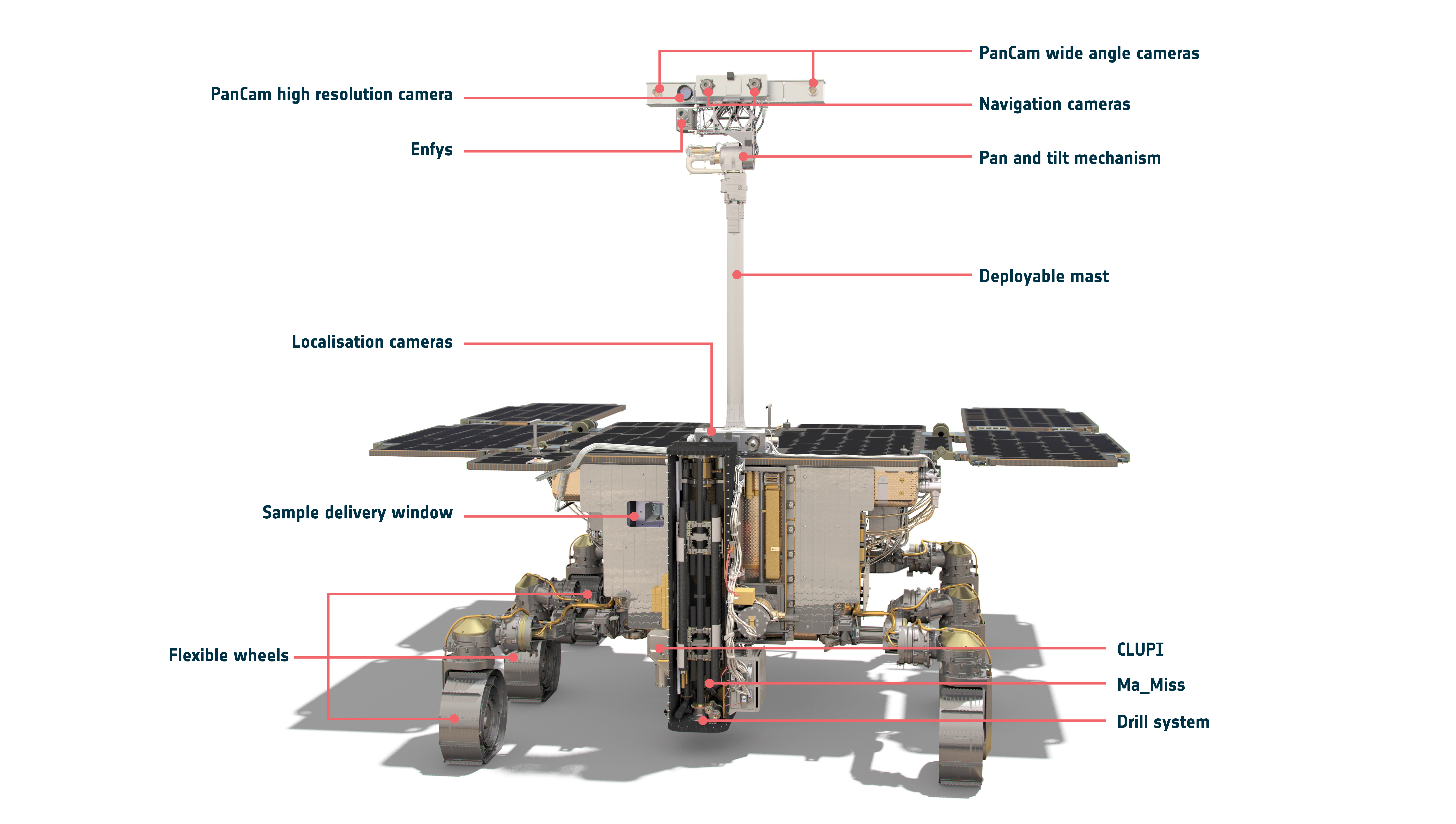
Artist’s impression of the front view of the Rosalind Franklin ExoMars rover. Credits: ESA/Mlabspace
All the instruments will work hand in hand to answer the big question: are there biosignatures on Mars?
Roadmap for organic detection
The results from Curiosity help mapping out the best places for preserving organic matter on Mars. That is, samples rich in clays protected from harsh radiation below the surface.
Thanks to Rosalin’s innovative technology of deep-drill, down to two metres below the surface, we won’t have to rely on chance to analyse protected samples – the deep samples are protected.
We will “just” have to find the right mineralogy for organics preservation; clays, possibly sulphates.
The expectations are high that MOMA will analyse a very juicy (organics-wise) sample.
Martian surprises
The discovery of the largest organic molecules on Mars was both surprising and not surprising.
Surprising because those results were found on the Cumberland sample, the second sample ever drilled on Mars with Curiosity, that we had already analysed many times in the past.
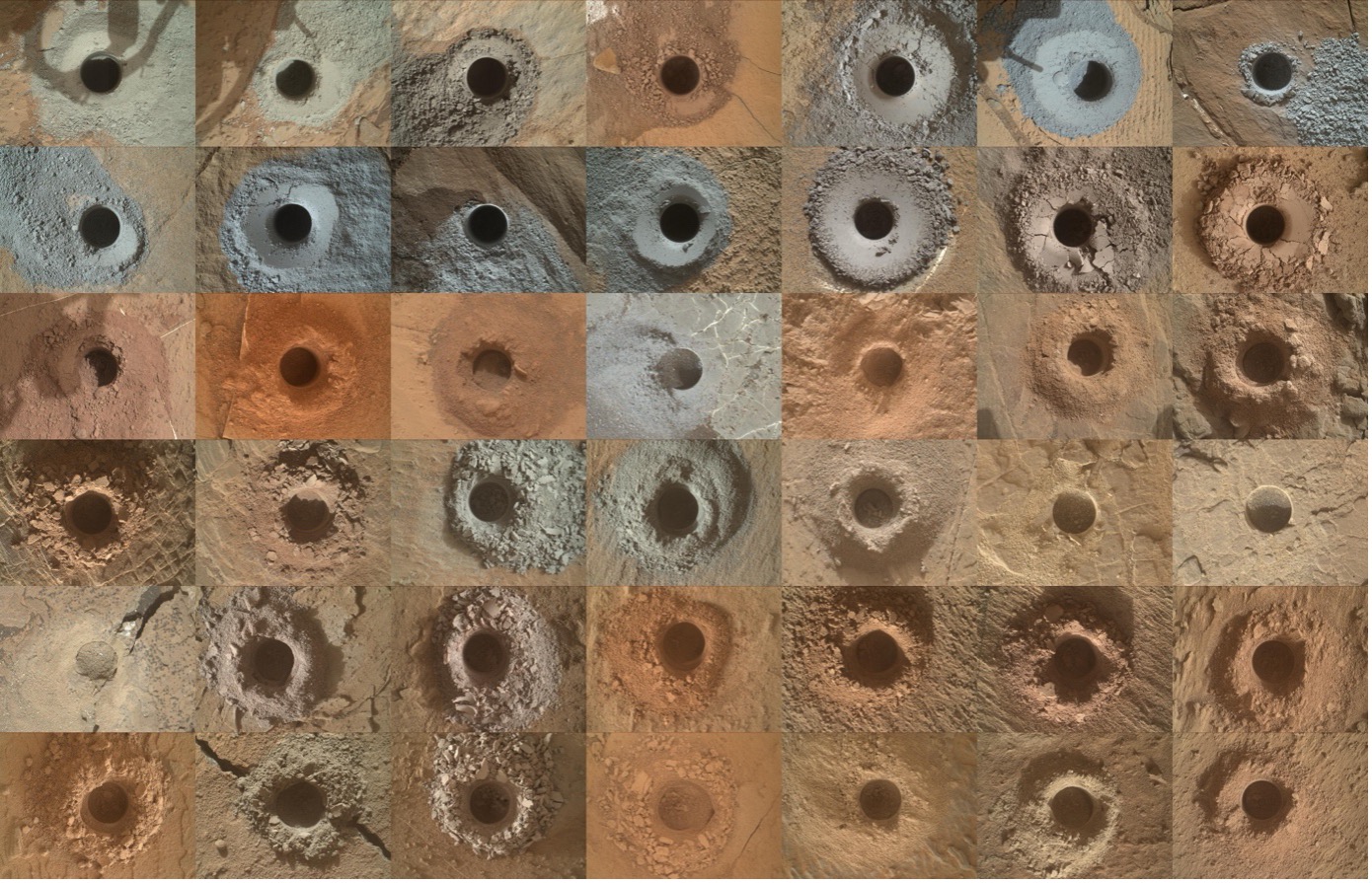
42 holes were drilled by Curiosity on Mars for analysis. Cumberland was the second one. Credits: NASA/JPL-Caltech/MSSS
Not surprising because we had designed a whole new strategy to analyse this sample.
The new method included a pre-heat of the sample to release the oxygen, before analysing the sample in a second step.
New method, new results.
- Paper “Long-chain alkanes preserved in a Martian mudstone,” published in the Proceedings of the National Academy of Sciences in March 2025.


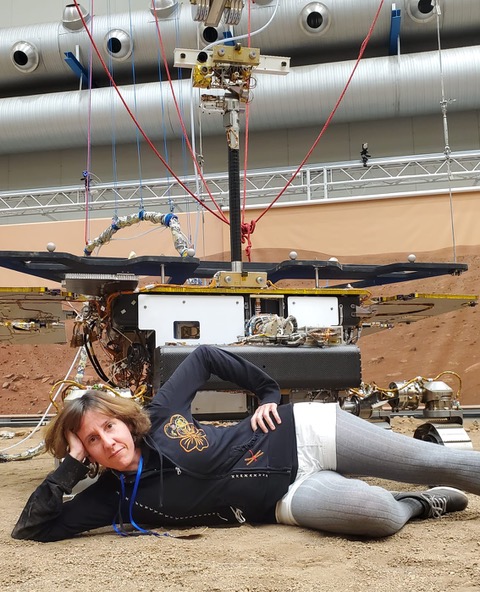
Discussion: no comments